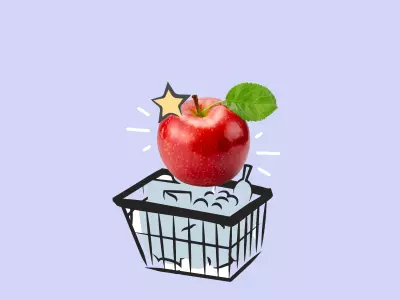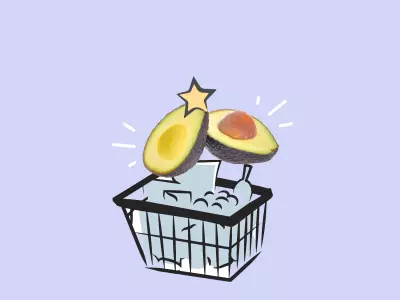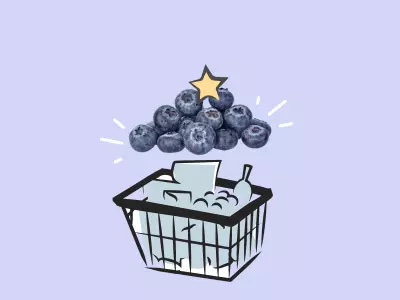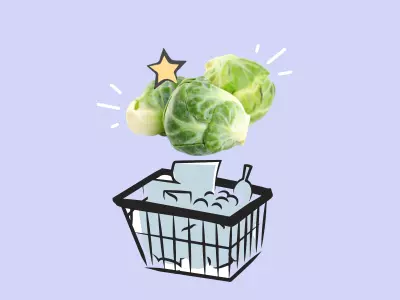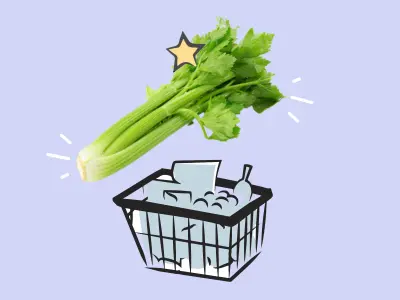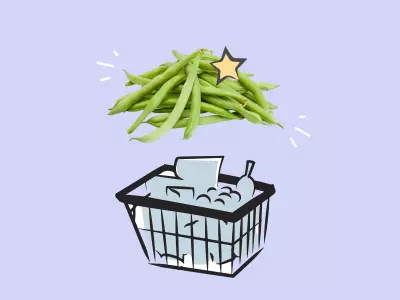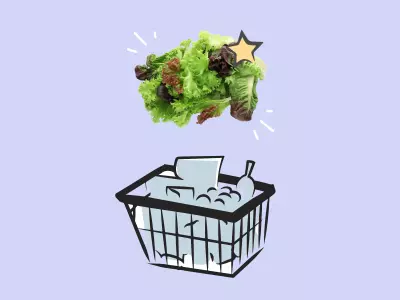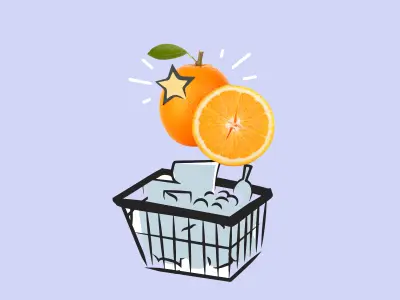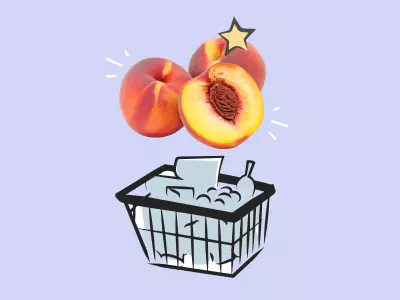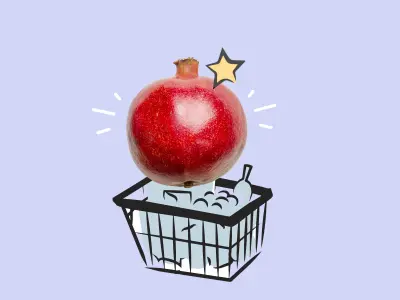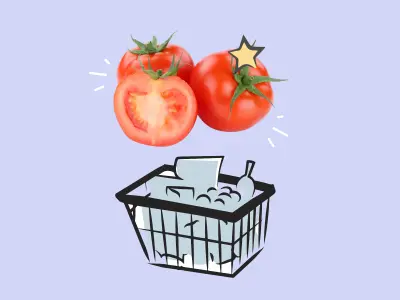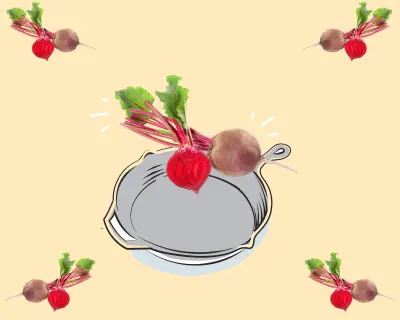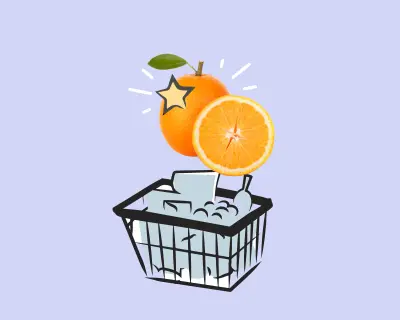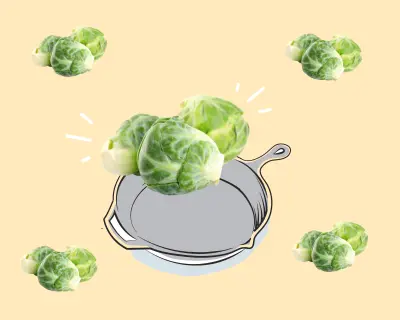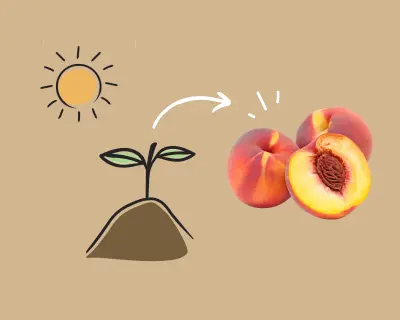Most of us aren’t fortunate enough to live near almond trees, but luckily almond production is high enough in places like California that these nutrient-rich drupes are readily available in grocery stores year-round. If you do live in California, almond harvesting runs from August through October—so keep an eye out for especially fresh, in-shell almonds during this time.
What to Look for When Shopping

When shopping for almonds, quality and labeling are key. Check the ingredients to see if anything has been added to the nuts during processing. Since 2007, California law requires all nuts grown there be pasteurized to reduce salmonella risk. This means raw almonds must be either steam-pasteurized or chemically treated with propylene oxide (PPO) before being sold in stores. Note: This does not apply to imported almonds or small quantities of almonds sold directly from the grower (just keep an eye out for the word “unpasteurized” in the product description). Although the Almond Board of California states that “PPO residue dissipates after treatment,” this chemical is classified as “possibly carcinogenic to humans” so stick with steam-pasteurized nuts if possible.
Almonds are also susceptible to molds which produce aflatoxins (carcinogenic chemicals). This can occur via soil contamination, previously infested almonds or almond pests and appear as grey to black filament-like growth. It isn’t safe to eat mold-infected tree nuts and as such many countries require testing before almonds can be sold for consumption, with strict limits on allowable levels of aflatoxin contamination. For instance, the EU has one of the lowest allowable limits for aflatoxin contamination (10 parts per billion), while Canada has a limit of 15 parts per billion. Avoid them completely if you spot any suspicious growth. As a side-note, aflatoxins are found in higher concentrations in peanuts.
Storing Almonds for Maximum Freshness
Quantity is also important. It’s tempting to buy almonds in bulk bins, but unless you’re consuming them quickly, that extra-large bag could lead to waste. Like other nuts (including cashews, pecans, pistachios, and macadamia nuts), almonds can go rancid if stored too long or improperly. Rancid nuts have a distinct odor and taste sour. To test, slice an almond in half—the kernels should be solid white. A yellow tint or honeycomb texture means they’ve spoiled. If your nuts have gone rancid, toss them!
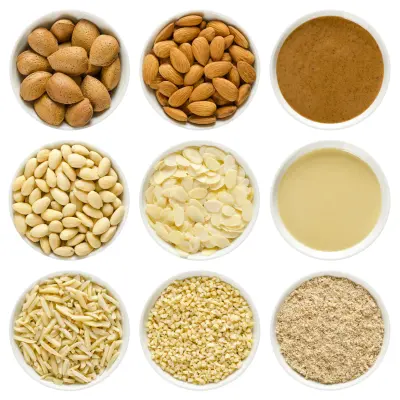
The best way to store almonds depends on how processed they are. Whole almonds last longer than slivered, sliced, or chopped forms. Blanched almonds, which have the skin removed, also spoil faster. If buying large quantities, choose shelled almonds and cut them down as needed. According to the Almond Board of California, sealed packages of raw almonds can be stored at room temperature in a cool, dark pantry for up to two years. Roasted almonds last up to one year. Once opened, store nuts in an airtight container, resealable plastic bag with excess air removed, or use a glass jar with a tight seal.
Place your almonds in a cool, dry, dark place, and use within three months. You can extend their shelf life even more by storing them in the refrigerator or freezer. This is especially important if your kitchen tends to reach higher temperatures, or during summer months. Almonds are sensitive to humidity, warmth, and light, all of which can accelerate spoilage.
The longest lasting option is unshelled nuts, which may or may not appeal to you for convenience purposes. While some of us think shelling almonds sounds like a fun activity, others may find it tedious or time-consuming! You can judge the freshness of unshelled almonds by shaking each nut. Since they shrink with age, if it sounds like the nut is moving around a lot in the shell, don’t buy it! When shelled, whole nuts will last longer than almonds processed into smaller pieces (for example, chopped, diced slivered etc.). If you want to buy larger quantities, consider purchasing whole almonds and cut them according to your requirements as needed.
Consider Use…
Before buying, think about how you plan to use your almonds. Raw and unsalted almonds are ideal for recipes and cooking since they let you control seasoning and texture, while roasted and salted options are great for snacking. You can buy almonds in many convenient forms— chopped, halved, slivered, diced, flaked, blanched, or whole—just know that the more processed the nut, the shorter the shelf life.
Almonds Beyond the Nut
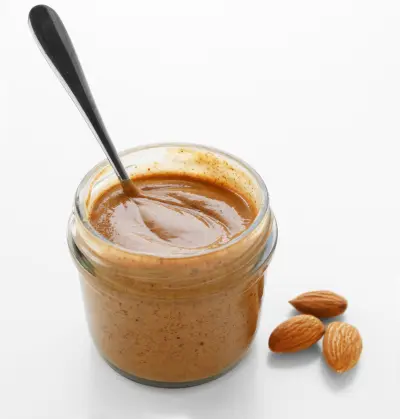
Upping your almond intake is easy as almonds come in many different forms. Aside from the shelled or unshelled versions, once shelled almonds may be raw, roasted, flavored, or blanched. Outside of snacking on almonds (sometimes covered in chocolate), other products available that can help you boost your intake of this healthy nut include almond butter, almond milk, almond flour, almond meal, and almond oil. Many people even make their own DIY versions at home!
Almonds are high in vitamin E, biotin, monounsaturated fats, and copper, plus numerous other vitamins, minerals and healthy fats—all of which contribute to the various health benefits associated with this food.
With smart shopping and storage, you can enjoy the flavor, crunch, and nutrition of almonds in countless forms—whether straight from the shell or blended into your favorite recipes. In a “nutshell,” they are delicious and NUTritious (you can’t spell nutritious without NUT!)
Shop Like a Pro
If you’re looking for tips on how to shop, select and store other foods check out these posts!


